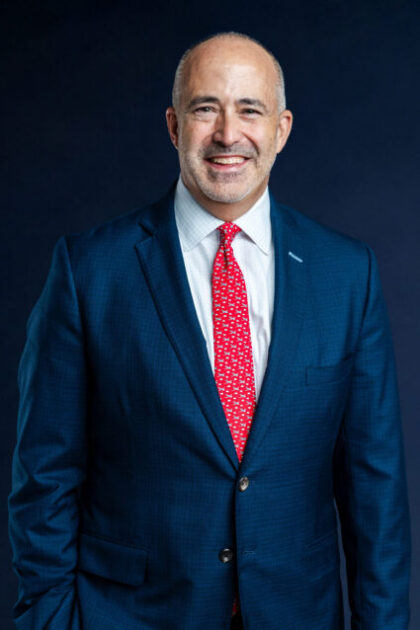December 31, 2024
Scott Spohn
Chief Operating Officer
Atlanta, GA

Related Services
< Back to Resource Center
Driving Transformation - Effective Change Advocacy in Your Organization
Key Takeaways
Scott Spohn, Chief Operating Officer of Windham Brannon, provided an insightful session on building organizational change capability that revolves around understanding the dynamics of change and equipping leaders with tools to drive sustainable transformation.
The Foundation of Change Capability
- Change is Inevitable: Quoting John F. Kennedy, the session emphasized that adaptability is crucial for staying relevant in an ever-evolving world.
- Senior Leaders’ Role: Leadership is pivotal in driving change, not merely by setting goals but by actively shaping the path and environment.
The Two Truths and One Big Lie of Change
- Truth #1: Growth Requires Leaders to Drive Change
- Leaders must embrace tasks outside their comfort zone, facilitating conversations and tackling challenges head-on.
- Avoid “off-strategy” initiatives and focus on mission-critical objectives.
- Unaddressed difficult conversations cost organizations significantly, as per Atana research.
- Truth #2: Resistance to Change is Natural
- Resistance is a biological response rooted in uncertainty, as explained by Dr. Helena Boschi.
- This resistance is often exacerbated by fear of failure and judgment, especially in group settings.
- The Big Lie: Simply acknowledging the need for change equates to agreement. True alignment happens in the actions following such statements.
Strategies for Clearing the Path
Leaders can foster a change-friendly environment by focusing on these areas:
- Acknowledge: Prioritize and focus on what truly matters, accepting that not everything can be achieved at once.
- Control Capacity: Use the 80/20 rule to prioritize impactful initiatives and defer less critical ones.
- Align: Establish and adhere to a clear framework to reduce resistance and maintain focus.
Building the Momentum

Effective change requires deliberate action:
- Tweak the Environment: Adjust settings to make desired behaviors easier.
- Build Habits: Encourage routines that support change, making new behaviors automatic and less effortful.
- Rally the Herd: Foster collaboration, use positive role models, and leverage a Change Activation Network to spread momentum.
The Change Activation Network—comprising teachers, leaders, and feedback sources—plays a vital role in educating and guiding the organization, providing real-time feedback for continuous improvement and developing future leaders to sustain the change journey.
- Teachers: Frontline leaders who teach and guide other members through change processes, while also acting as communication touchpoints. They provide credibility with their understanding, perspective and proximity.
- Source: Feedback sources can help provide transparent, real-time feedback to shape the path forward.
- Leaders: Select members for your change activation network that are viewed as emerging next generation leaders. Their involvement will give them the opportunity to test the leadership aspiration, develop leadership skills and create informal networks.
Cultural Imprint and Leadership Cadence
To reinforce change:
- Hold leaders accountable for engagement before results.
- Establish intentional cultural practices that embed advocacy for change within the organization’s DNA.
Closing Thoughts
Spohn concluded with an empowering message for leaders to “change the lens” through which they view challenges, stressing that patience and persistence in embracing change will pay off.
Leaders should:
- Accept the truths and lies about change.
- Actively shape the path for their teams.
- Maintain focus to build lasting organizational capability.
This session provided a comprehensive roadmap for leaders to navigate the complexities of change, ensuring not just survival but growth in a dynamic business environment.


